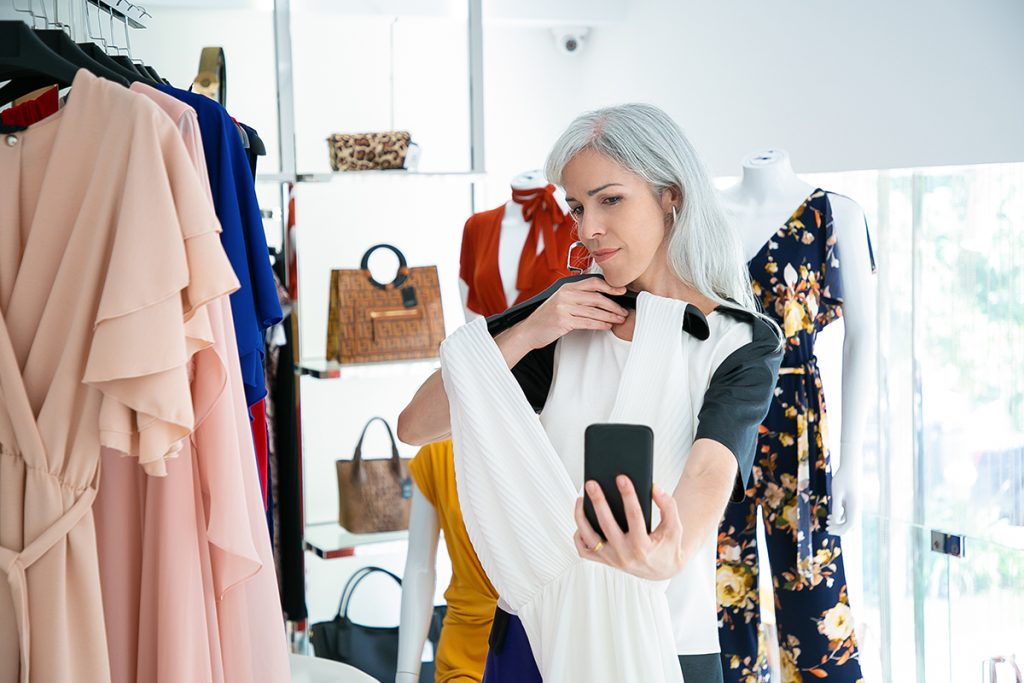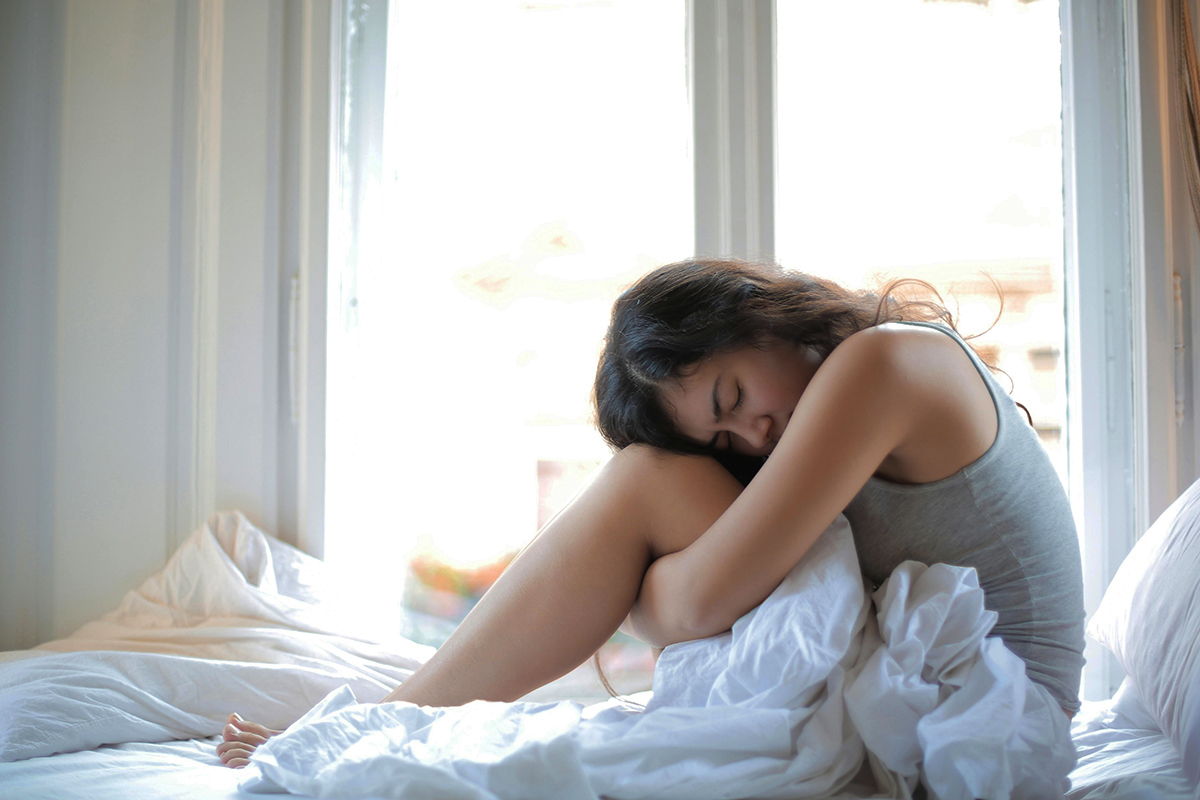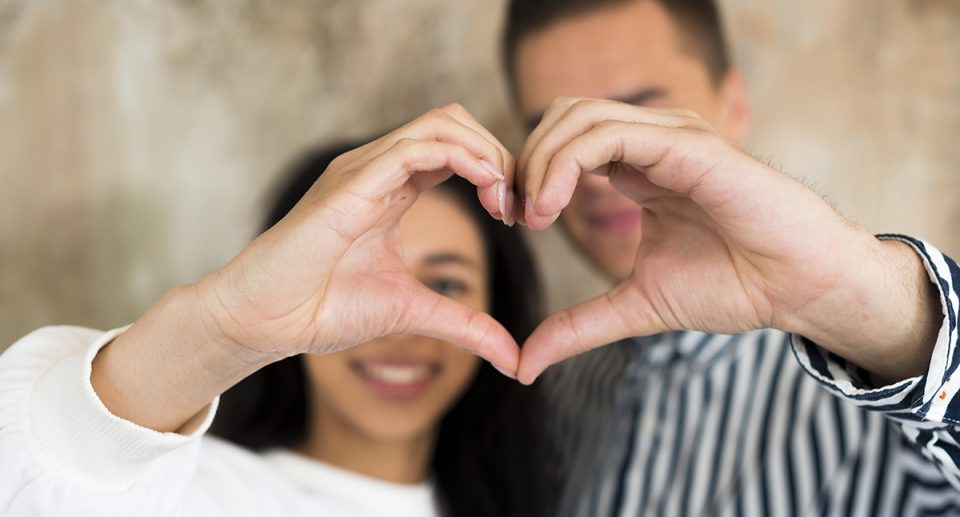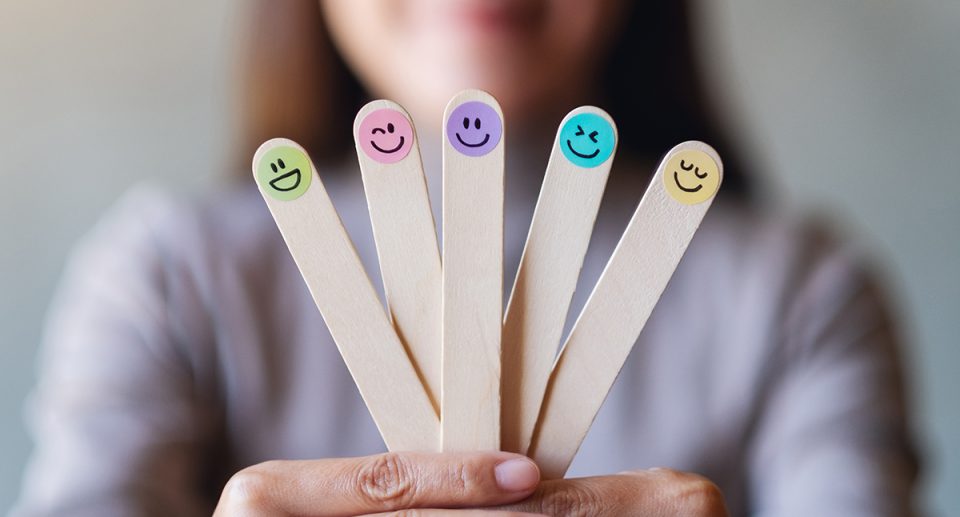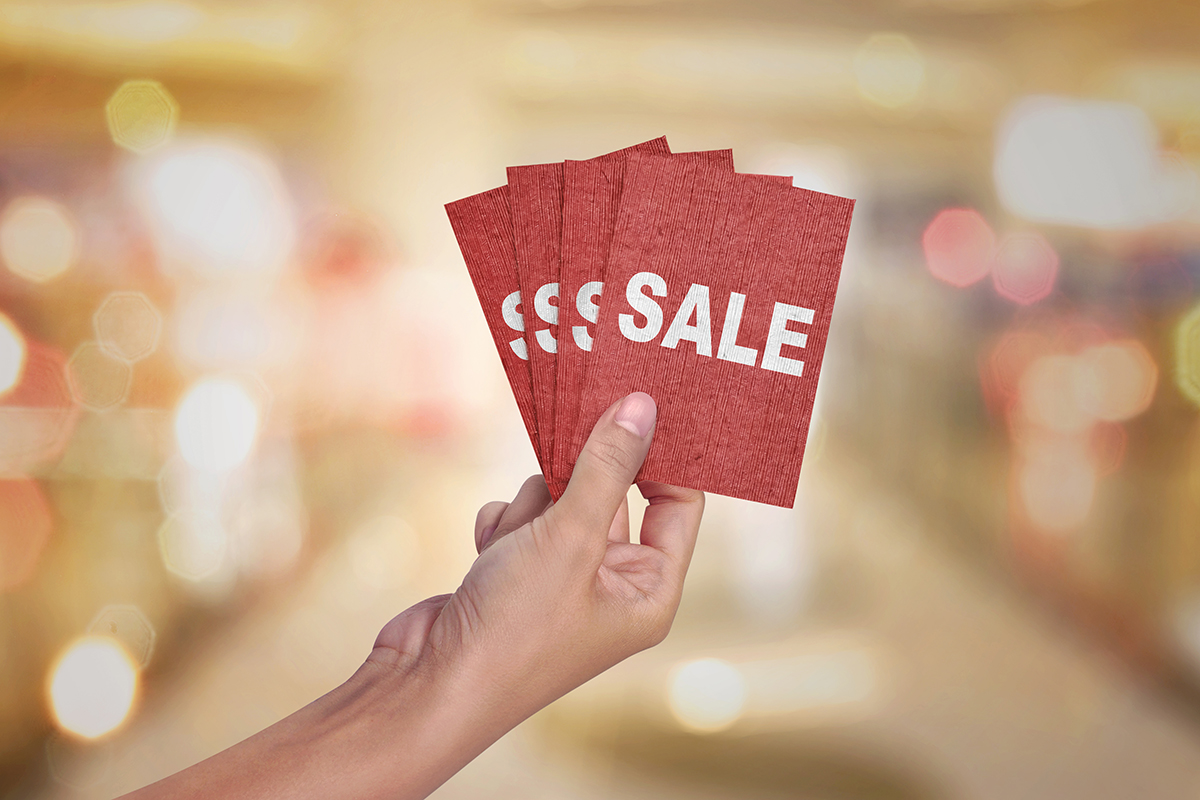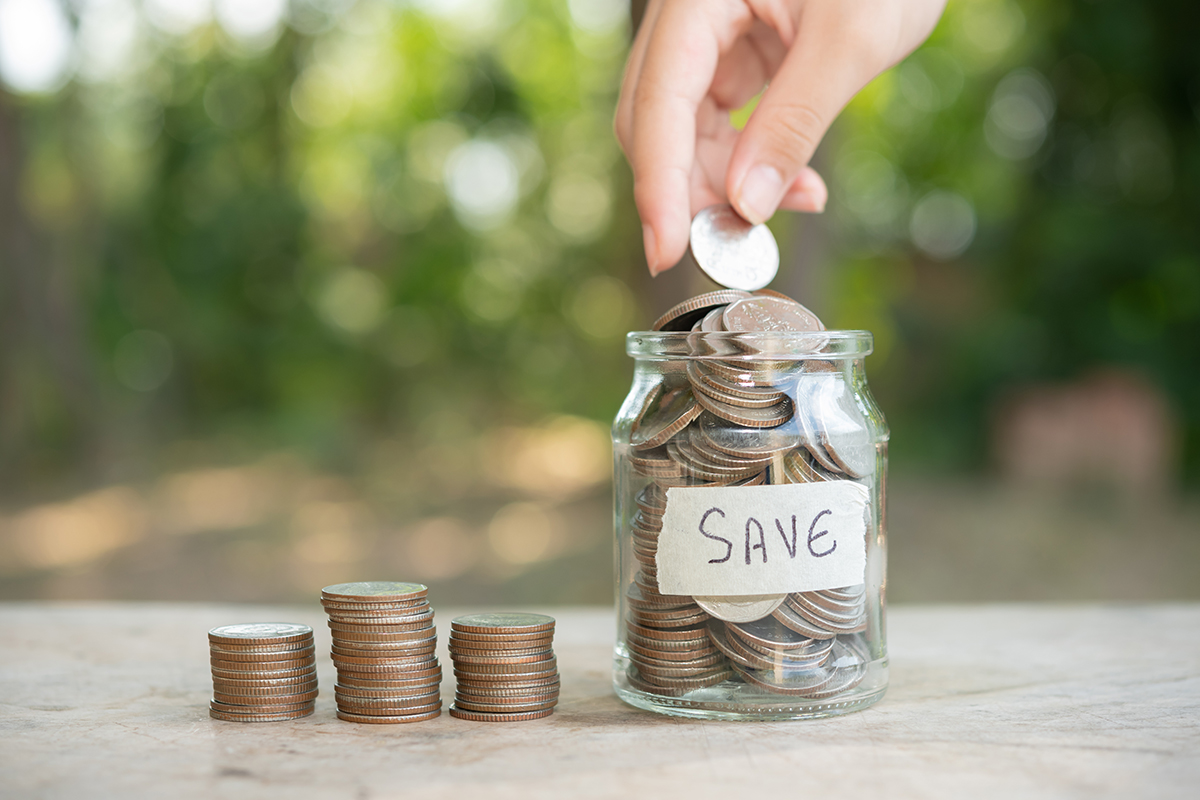This is why retail therapy will make you feel happier
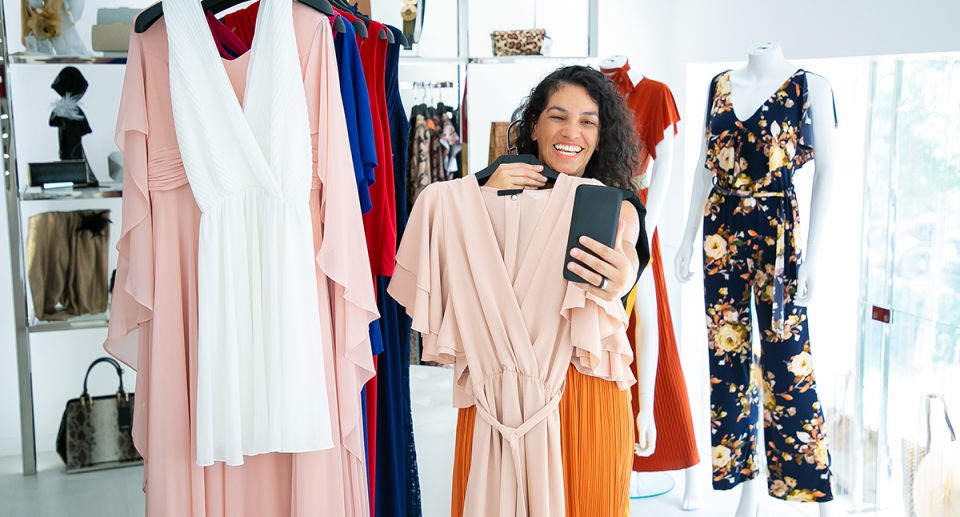
When we mention the need for a touch of retail therapy, almost everyone can understand the sheer delight that comes with purchasing something for yourself. But does shopping genuinely contribute to our well-being?
Indeed, it does! Studies suggest that there’s a substantial psychological and therapeutic value to shopping when done in moderation. Whether you’re clicking items into your online cart or spending a few hours in your favorite boutique, it provides a psychological and emotional lift.
Even the retail therapy act of window shopping or browsing online can generate happiness, driven by the brain’s responses. However, it’s crucial to ensure that it doesn’t spiral out of control. There are several reasons for this.
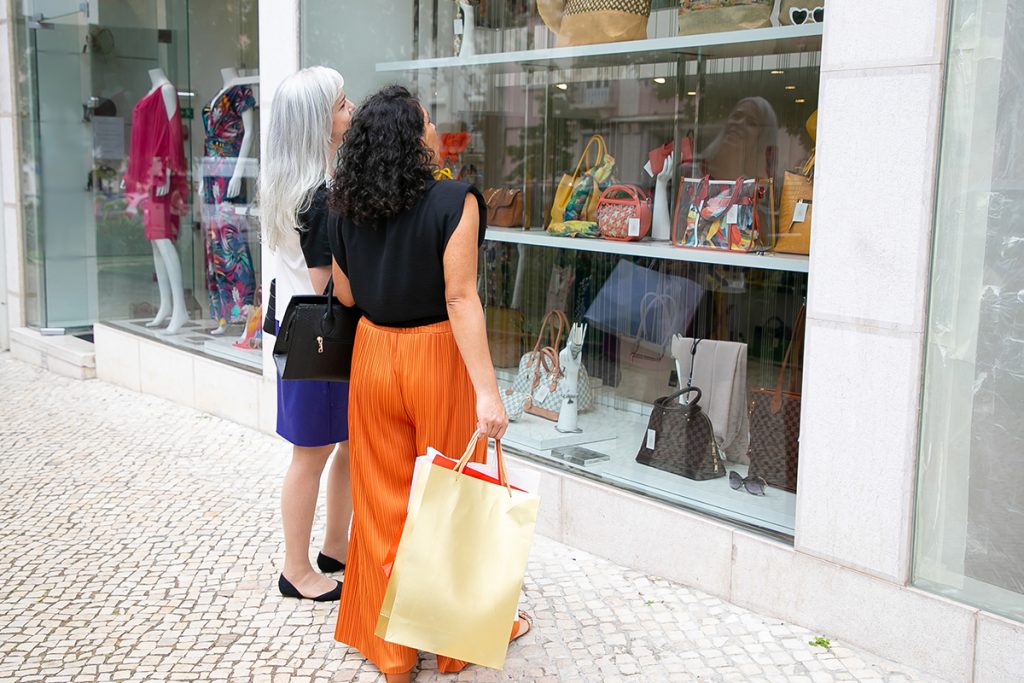
Shopping reinstates a perception of control
Studies have indicated that making shopping choices can contribute to strengthening an individual’s sense of control over their surroundings and can alleviate feelings of sorrow.
In a 2014 research published in the Journal of Consumer Psychology, it was observed that retail therapy not only provides immediate happiness but can also combat persistent sadness. The study revealed that sadness is frequently linked to the belief that external factors have more influence over our lives than our own choices. Engaging in the act of some retail therapy shopping, with its inherent choices and outcomes, can reestablish a sense of personal control and independence. This holds true for the residual sadness that individuals may experience.
Furthermore, a 2014 study conducted by the University of Michigan demonstrated that acquiring items that align with personal preferences can be up to 40 times more effective in instilling a sense of control compared to not shopping at all. The study also showed that those who made actual purchases were three times less sad than those who merely browsed.
These findings suggest that during times when things seem beyond one’s control, obtaining precisely what one desires can be perceived as a positive personal accomplishment.
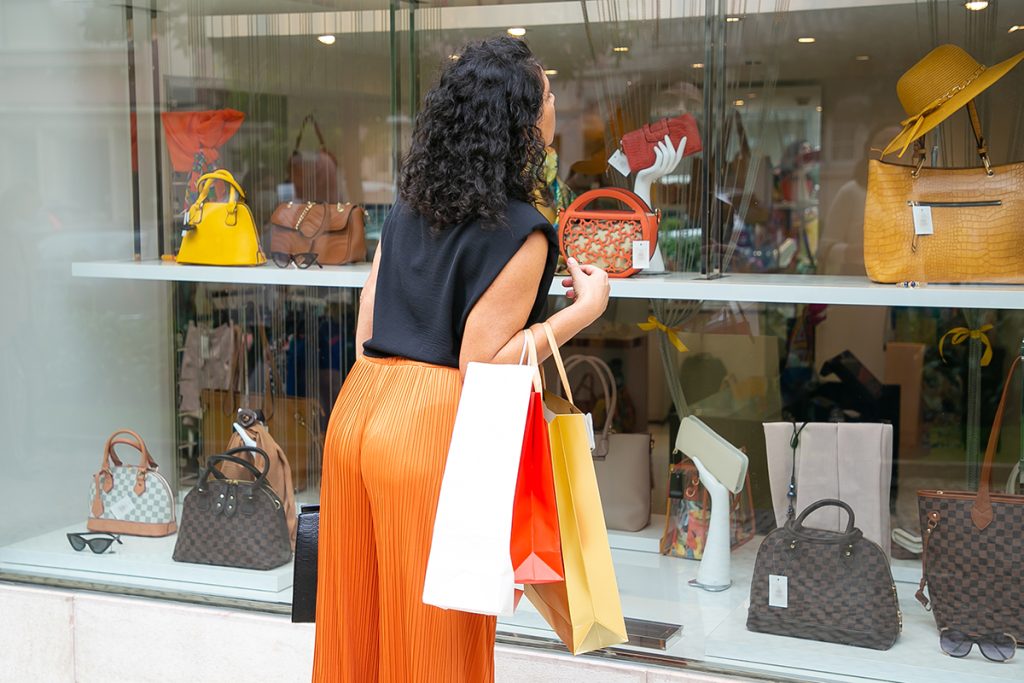
Visualization diverts our attention from anxiety
Shopping also engages our senses. The fragrance of something fresh, the vibrant lighting, and colorful presentations collectively craft a sensory, imaginative encounter that can temporarily transport us away from our own reality. This principle extends to online shopping as well—meticulously arranged, personally curated products online can spur our imagination, enabling us to envision ourselves in gratifying settings.
Retail therapy, with its sensory involvement, encourages us to envision favorable outcomes. Athletes, for instance, have discovered that this form of visualization can foster optimistic expectations and help alleviate anxiety.
Dopamine is released even prior to completing a purchase
Mere browsing, scrolling, or window shopping (even without making a purchase), has as a kind of retail therapy a positive impact on your mood. It’s the straightforward anticipation of a potential reward or treat that triggers the release of dopamine, the neurotransmitter hormone in your brain responsible for inducing feelings of well-being.
Dopamine amplifies your motivation to continue seeking things that bring you pleasure, which is why retail therapy is often a preferred choice!
While some believe that dopamine is only released upon obtaining a reward or making a purchase, it actually commences before you make a purchase as you relish all the possibilities. It encompasses the entire journey.

Online shopping has a positive impact on mood
Have you ever filled an online shopping cart only to abandon it because you already felt quite content? It’s that very retail therapy kind of feeling!
The pleasure you derive from online shopping doesn’t always necessitate making a purchase, as you’ve already embarked on an exciting mental journey. In this regard, there’s relatively low risk, and the satisfaction of spending less money can be even more gratifying.
Online shopping can also trigger the release of dopamine in another way – the anticipation of your package’s arrival. Consider retail subscription services where the contents of the box remain somewhat mysterious. The element of unpredictability heightens your anticipation, and since the reward is uncertain, it leads to dopamine-fueled excitement.
The psychological advantages of setting money aside
For those who enjoy retail therapy, there’s an alternative approach to consider. It can be psychologically soothing to save up for a reward instead of making an instant purchase using a credit card.
By applying the concept of anticipation, accumulating savings for your reward provides something to anticipate. This anticipation generates excitement and a gradual release of dopamine over time.
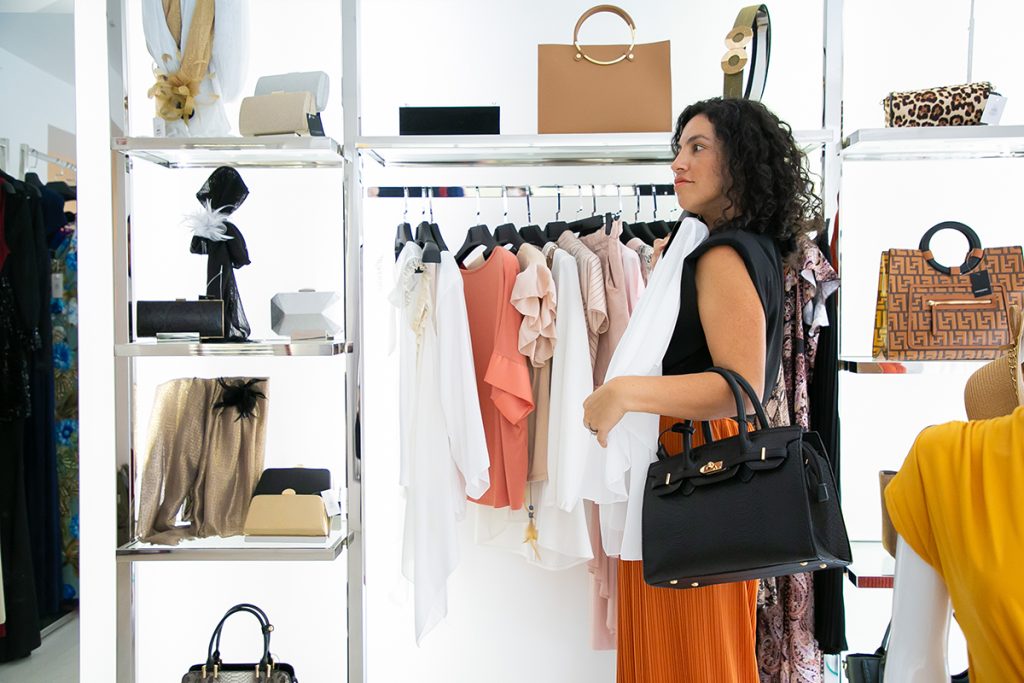
When shopping becomes a concern
Naturally, it’s essential to ensure that your shopping habits do not veer into an extreme territory. For some individuals, shopping can become problematic, and for many, it can evolve into an addiction. Shopping transforms from being a therapeutic activity to a problematic, compulsive behavior when it becomes the default method for coping with anxiety, stress, or loss, and when it becomes challenging to control.
Shopping addiction is known by various names such as oniomania, compulsive buying disorder (CBD), buying-shopping disorder (BSD), and pathological buying. It’s estimated that approximately 5% of American consumers exhibit compulsive buying behavior. Compulsive buying has seen a significant increase in developed economies, thanks in part to the rise of online shopping.
Compulsive shoppers frequently engage in buying sprees or experience overwhelming urges to acquire items. This behavior is often associated with feelings of worthlessness and a sense of powerlessness.
This condition shares similarities with other impulse control disorders such as sex addiction and gambling addiction. Additionally, there’s a resemblance between the compulsive shopping urges and the sought-after highs in drug or alcohol addiction. Compulsive shoppers may also encounter blackout episodes similar to those experienced in alcohol-related blackouts, where they have no recollection of making purchases.
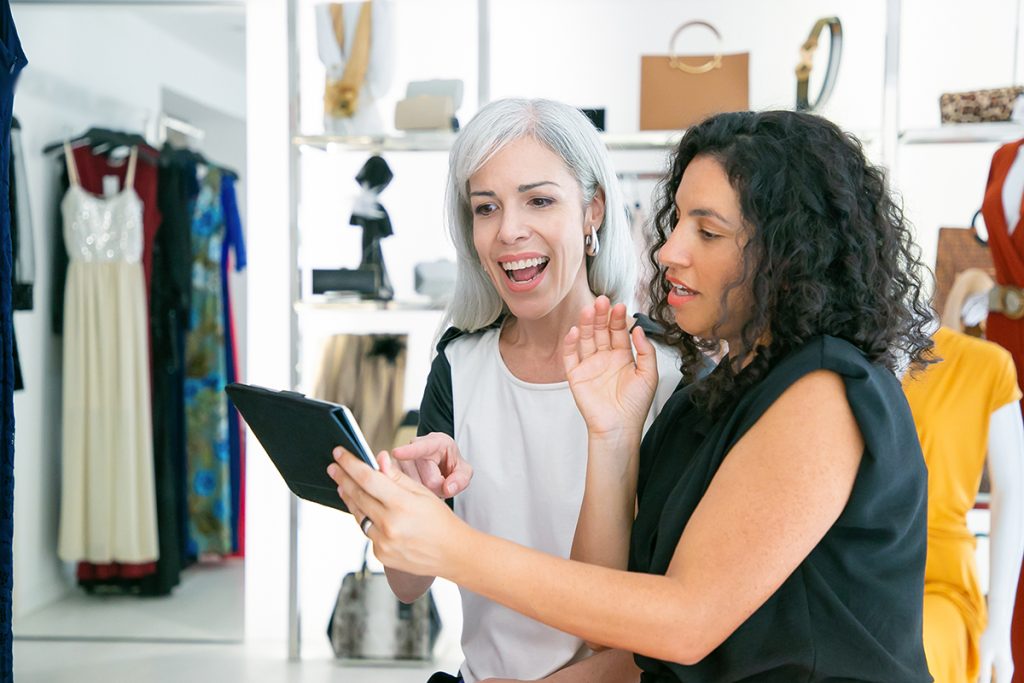
Indications of a shopaholic
It’s important to be vigilant if you feel that your spending has spiraled out of control. Signs of a shopping compulsion include:
- An obsession with and a struggle to resist buying unnecessary items.
- Spending excessive time researching items, whether they are needed or not.
- Financial problems resulting from uncontrolled shopping.
- Issues at work, school, or home due to unmanageable spending.
If you believe you may have a problem, therapy and support groups can be beneficial, along with educational resources.
Shopaholics often benefit from understanding the underlying causes of their behavior. Simply cutting up credit cards is not an effective solution. The emphasis should be on exploring the root causes in combination with the appropriate form of therapy.
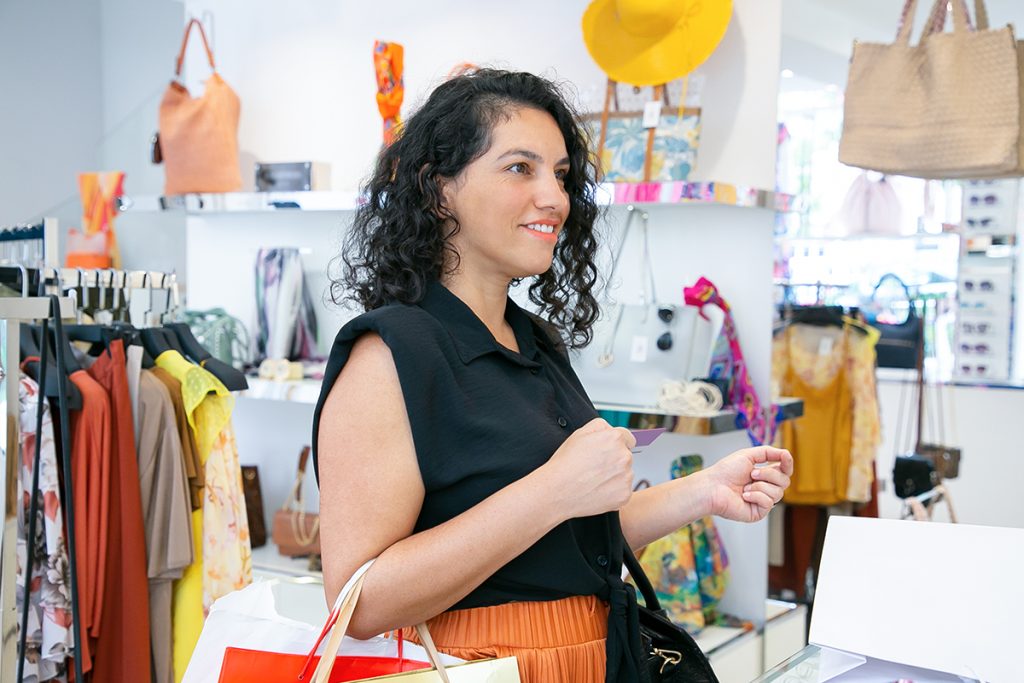
This is why retail therapy will make you feel happier conclusion
In summary, behaviors that generate excitement can indeed lead to happiness, but the key of retail therapy lies in finding the right balance between happiness and obsession.
If you’re worried about falling into the trap of compulsive shopping, consider channeling your focus from the quest for control towards the exhilaration of adopting a fresh and constructive habit, such as exercise or maintaining a healthy diet. You might be pleasantly surprised by the happiness you experience via retail therapy while striving for these positive outcomes as well.
